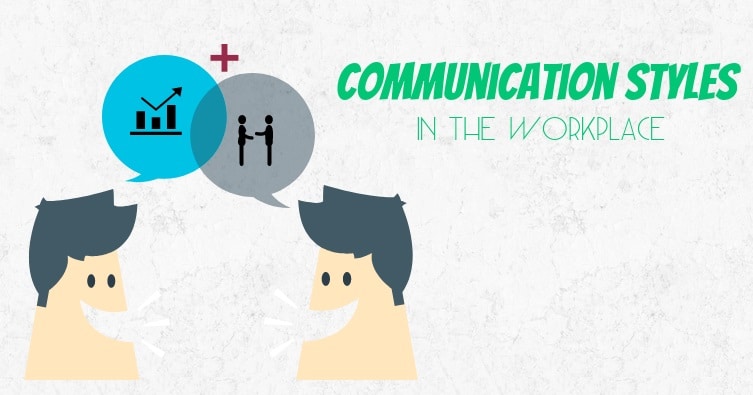
Communication Styles in the Workplace
Effective communication is crucial to the proficiency and profitability of every business. However, not everyone communicates in the same way. Leadership researcher Mark Murphy breaks down communication into four fundamental styles – analytical, intuitive, functional, and personal. None of these styles are superior, and each different communication style has its own strengths and weaknesses. However, the chances are that your workplace has a combination of these styles within it. Hence, learning how to all come together to communicate effectively is key. So, what defines each style, and how do you cater to these communication styles in the workplace?
Analytical Communication
According to Murphy’s research, the analytical communicators are those who appreciate data, facts, and numbers. They like targeted language, and deflect vague and non-specific statements. For example, Murphy notes that if an analytical communicator is told that figures are “looking good”, they will likely request an actual numerical figure as opposed to the vague statement. Analytical communicators are short of patience for evocative language.
One of the advantages of analytical communication in the workplace is the ability to detach emotion. This allows these communicators to look at problems with ruthless logic. Hence, data analysis and interpretation are strong points. However, sometimes these communicators come across as ‘cold’ or ‘mean’ to other styles of communicators – especially personal communicators. When it comes to workplace communication, this can prove to be a road block to networking success, and could even stand in the way of business deals.
Intuitive Communication
Murphy explains that intuitive communicators are all about the ‘big picture’. They aren’t fussed by minor details, and they get straight to the point. This style of communication doesn’t require things to be laid out in a neat order, and the final outcome is considered key.
An upside to intuitive communication is that it is efficient. The key message is delivered quickly and without wasted time, and minor picky details don’t slow down the ability to get the job done. However, a lack of patience is a common downside of this form of communication. Nitty gritty detail can certainly slow things down, but sometimes it is vital. In situations where such detail is required, intuitive communicators can struggle. Murphy notes that intuitive communicators often have most trouble working with functional communicators.
Functional Communication
Functional communicators are methodical – they appreciate details, timelines, and well considered procedures. Functional communication is very detail oriented, so everything is always explained thoroughly to ensure no detail is missed.
A positive of functional communication is that everyone is always made up to date with accurate and thorough details. Functional communicators are often made team leaders because other employees can see their dedication to detail as a strong suit. However, the downside to such detailed communication is that it is easy to lose the focus and attention of others, especially those who are intuitive communicators.
Personal Communication
Personal communicators are prone to evocative and emotional language, and use connections as a tool to uncover what their business associates are truly thinking. They take in how people feel, as opposed to simply what they say. Murphy explains that personal communicators are great at listening, can easily solve conflicts, and are always looking to keep relationships healthy.
People who communicate in this personal manner are fantastic at building and maintaining relationships – a real plus in the workplace. They can also interpret unspoken feelings within a group that others might not pick up on. On the other hand, some people – especially analytical communicators – can find these communicators too intense, and as a result don’t engage with them as effectively.
Managing Varying Communication Styles in the Workplace
Most workplaces are a mixed bag of analytical, intuitive, functional and personal communicators. Murphy argues that one of the most effective methods of handling this variance is identification. This involves firstly identifying your own communication style, followed by identifying the communication style of your audience. Regardless of who you’re interacting with – it could be your boss, your three-person project team, a client, or the entire staff – assessing how they best take information on board, and tailoring the interaction to this, is an effective way of ensuring your message is communicated clearly.
At your next team meeting, discuss these communication styles with your employees, and ask them to ponder which style they are. This way, they will be aware going forward of the way in which they interact, and the steps they need to take to communicate more effectively with colleagues.